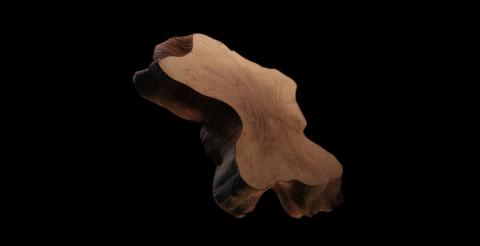Before starting the sprint, we can pinpoint development targets by accumulating customer understanding, for example through customer interviews and surveys. It is also important that we utilize the company’s existing customer data as part of the material processed in the Design Sprint. The challenges of e-commerce can also be found in business goals, such as developing the work of salespeople, increasing project sales or opening a new market.
Once we have identified and verified the development target, we can ask the precise questions for which we are seeking answers. Listed below are a few common examples of e-commerce development challenges that can be solved with the Design Sprint.
Discoverability of products
"Our company’s product portfolio includes more than 25,000 products. What can we do so that the users can easily find the products they want?"
The Design Sprint can focus on re-categorizing products, developing a smarter search function or designing user-friendly filtering options. These features are key to product discoverability.
Improving customer service
"E-commerce customers have difficulty getting in touch with customer service. The site does not provide a clear path to customer service and getting in contact is problematic."
Good discoverability of customer service in the site navigation and the possibility of a direct contact through a chatbot or electronic form improve the customer service experience. In the Design Sprint, the most suitable paths are identified and tested at once.
Making salesperson’s work easier
"Salespeople have many separate tools for making leads and offers. Could we have the e-commerce and sales tools centralized in a single location?"
The Design Sprint allows us to harness the online store for the salesperson to use as a tool that works in all browsers in a responsive manner – just like a classic sales brochure, but with the addition that you can design tools for it for making offers and sharing shopping carts.
Presenting and selling special products
"Our company’s products can be customized extensively, but customers do not know all the customization options or their uses. How can we increase sales of customized products digitally?"
For some products, simple presentation online is not necessarily possible because the user cannot physically touch the product. The Design Sprint allows you to quickly test different ways of implementing a product configurator that gives the user a clearer picture of the product.
Better content
"Our products have helped customers come up with great solutions. How can we help our other customers get inspired to get the most out of our products?"
The content of an online store can be customized on the basis of customer groups, and personalized according to users’ needs. Modern online stores are versatile and flexible and are no longer just product catalogues – users want quality content and inspiration. The Design Sprint can be used to identify and conceptualize the most productive content paths for the online store.
